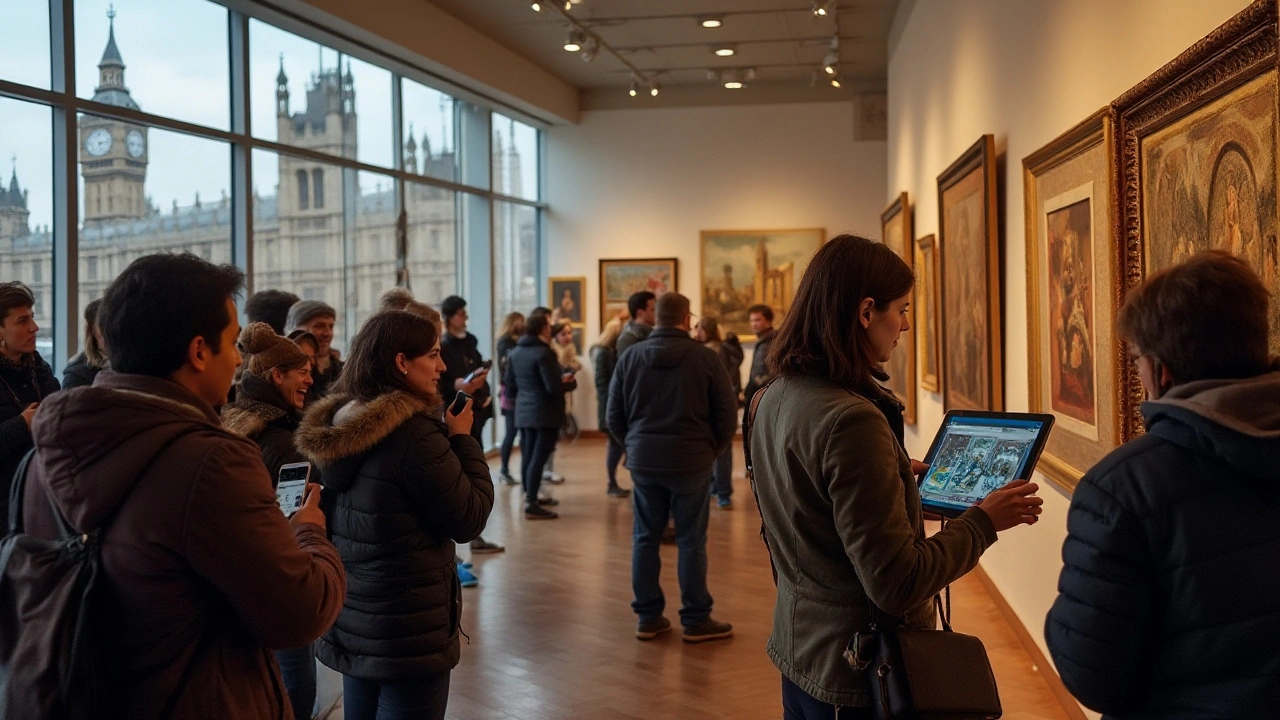Digital Media: Practical Guide for Artists and Creators
Digital media mixes images, sound, and code. That mix makes it powerful and messy. One wrong export or the wrong color profile can ruin a print or a gallery submission. This page gives clear, useful steps you can use right now—no jargon, just practical advice.
Quick tech checklist
Start with the basics: work in high resolution, keep layered source files, and use the right color profile. For prints, aim for 300 DPI at final size. For screens, 72–150 PPI is fine, but export at the actual pixel dimensions you need. Save masters in a lossless format (TIFF, PNG for images; WAV for audio). Exports for web should be optimized (JPEG or WebP for photos, compressed MP4 for video). Use sRGB for most online work; use Adobe RGB or ProPhoto RGB only when you control the print process.
Keep an organized folder structure. Name files with clear versions (portrait_v3_final.tif) and date stamps. Back up to two places: a local drive and a cloud service. Version control saves time when you need to revert or resend a file fast.
Workflow and tools that actually help
Pick tools that match your goals and stick with them long enough to get fast. If you paint digitally, Procreate or Photoshop covers most needs. For vector and design, use Illustrator or Affinity Designer. For motion or interactive work, try After Effects, Blender, or Unity depending on scope. Learn keyboard shortcuts and build a basic preset library for brushes, export sizes, and color palettes. That saves hours.
Invest time in a good capture process. Scanning, photographing, or screen-capturing at the highest quality you can manage gives you clean material to edit. When photographing work, use even lighting, a neutral background, and a tripod to avoid distortion.
Metadata and SEO matter. Add clear titles, descriptions, and keywords to your files and uploads. When you post on your site or social channels, write a short caption that answers: what is this, why it matters, and how to buy or follow more. That helps people and search engines find you.
Share smart: tailor exports to each platform. Instagram prefers square or vertical images with lighter compression. Behance and your portfolio site need higher-resolution images and process shots. If you sell prints, offer a few standard sizes and provide print-ready files. For video or interactive pieces, include a short demo clip and a clear call to action.
Want inspiration? Explore related posts on Paul Artistry about photorealism techniques, the future of gaming, or how design movements like Bauhaus shape digital interfaces. Those articles show how historical ideas adapt to modern tools and can spark concrete approaches for your own work.
Small routines add up: calibrate your monitor monthly, label final files clearly, and keep a one-page checklist for each project (capture, edit, export, backup, post). Follow that and your digital work will look better, reach more people, and feel less chaotic.

